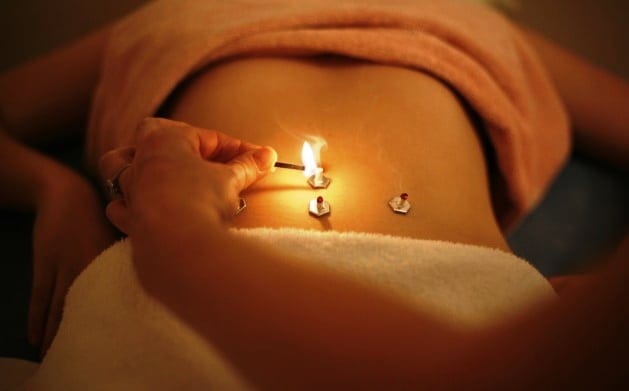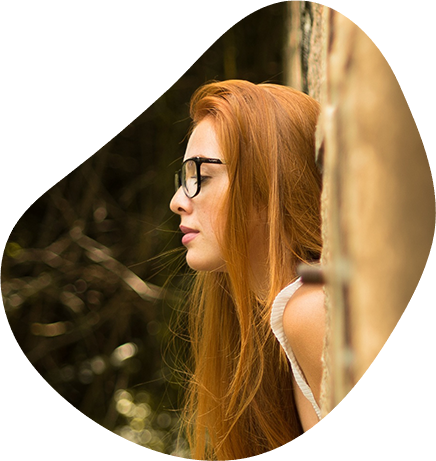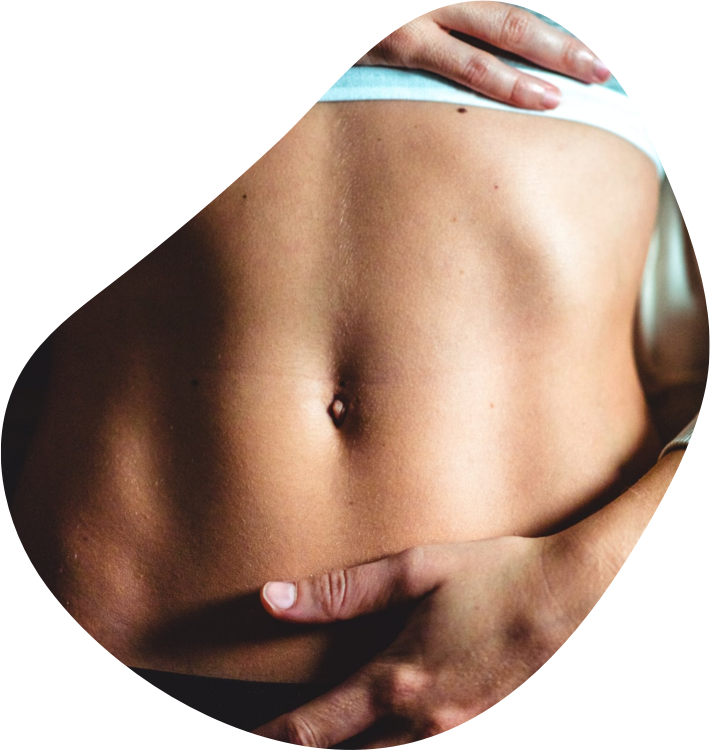One of the many questions we get asked as TCM (Traditional Chinese Medicine) practitioners is “what is Japanese acupuncture and how does it differ from Chinese acupuncture?”
Here are the 7 main differences between Japanese Acupuncture vs Traditional Chinese Medicine Acupuncture.
1. Where acupuncture originated from
One of the main differences between the two, of course, is that Chinese acupuncture originated in China and Japanese acupuncture – although it originally did come from China – has evolved and has become its whole system of acupuncture treatment developed in Japan.
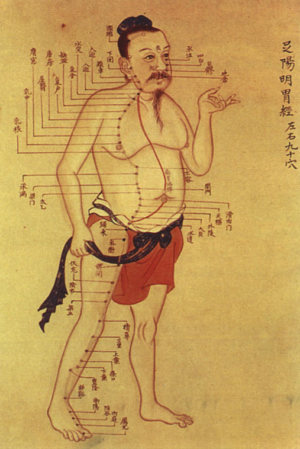
2. The theory behind the medicine
Chinese acupuncture is based on the Taoist theory of balance – not only of the body but of the body with its environment, seasons and even emotions. The balancing of Yin and Yang is at the forefront of Chinese medicine and acupuncture. This is done through manipulation of Qi, blood and body fluids, within and without, and uses techniques such as acupuncture, Chinese herbs and herbal formulas, massage, cupping, gua sha, moxibustion, diet and exercise therapy to support great health.
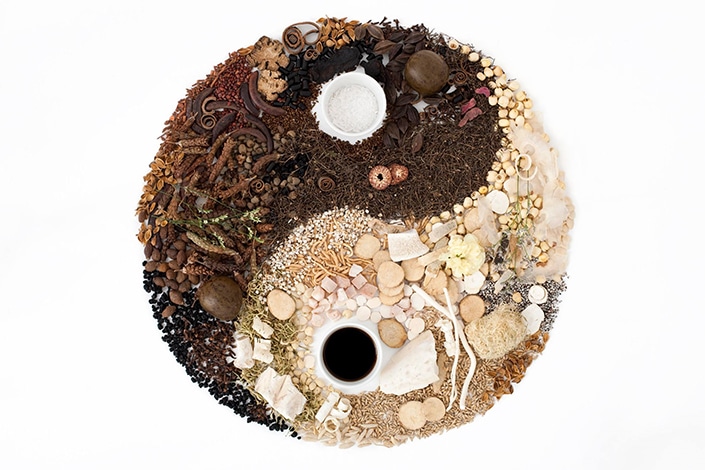
In essence, Japanese acupuncture is also focused on looking at the body holistically (the same as TCM), but they differ in the way they put this into effect.
3. How long acpuncture has been practised for
Chinese medicine and acupuncture have been around for more than 3000 years. The earliest records have shown that it was practised in what was known as the ‘Ancient’ or ‘Legendary’ period (2697-1122 BC) and became an organised system in the Han Dynasty (206 BC). Classical Chinese texts ‘The Yellow Emperor Classic of Internal Medicine’, ‘The Divine Farmer’s Materia Medica’ and later ‘The Discussion of Cold Damage’ became the basis of acupuncture treatments and Chinese herbal medicine.
Japanese acupuncture on the other hand came into existence about 500 years later when trade practices through the Silk Road between China, Korea and Japan were flourishing. Classical writings and skills were brought to Japan by a Chinese physician named Chiso. Over the years, variations of the skills and treatment principles varied according to cultural beliefs, what was happening at the time, the Dutch medical influence, and the cutting off trade between Japan and China during the time which is now known as ‘The Isolation Period’. Differences in the philosophy and ethos of Japanese doctors led to the movement of Japanese acupuncture away from TCM.
4. The thickness of the needles
Chinese acupuncturists traditionally used thicker needles with a strong manipulation technique to obtain ‘de qi’ or the arrival of Qi at certain acupuncture points.
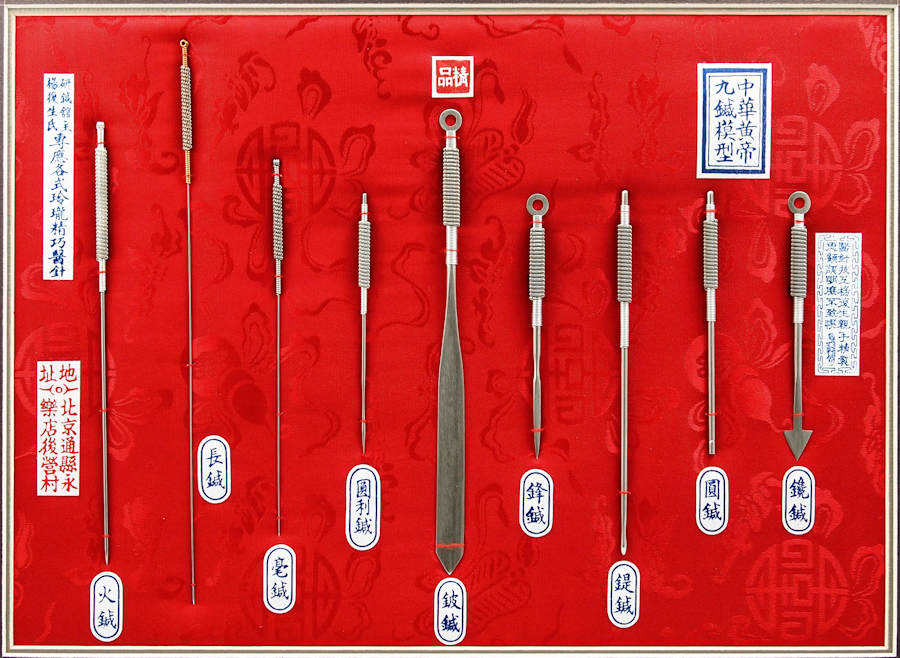
‘De qi’ can be characterised by numbness or tingling, a heavy sensation where the acupuncture needle has been inserted or radiating from the point down to the fingers or toes or a dull ache. Shallow or superficial needling with thinner needles is usually preferred in Japanese acupuncture.
5. Different diagnostic techniques
There is a greater emphasis on both tongue and pulse diagnosis in Chinese acupuncture. In Japanese acupuncture, they use abdominal palpation and meridian theory (meridians are the main acupuncture channels that run all over the body).
There are many pattern diagnoses in Chinese acupuncture with many more possible combinations. In Japanese acupuncture, meridian theory led to a smaller pattern diagnosis involving only four meridians – Lungs, Spleen, Kidney and Liver. Chinese acupuncturists will often diagnose with twelve main meridians to choose from – Lung, Spleen, Liver, Kidney, Stomach, Gallbladder, Bladder, Small Intestine, Large Intestine, Heart, Pericardium and the Triple Energiser.
6. The use of different supporting herbal medicines
Chinese acupuncturists combined Chinese herbal medicine with acupuncture, whereas Japanese acupuncture used moxa (a dried herb called ‘mugwort’) which is burned on acupuncture points or areas on the body that has shown some pattern of disharmony or cause of disharmony.
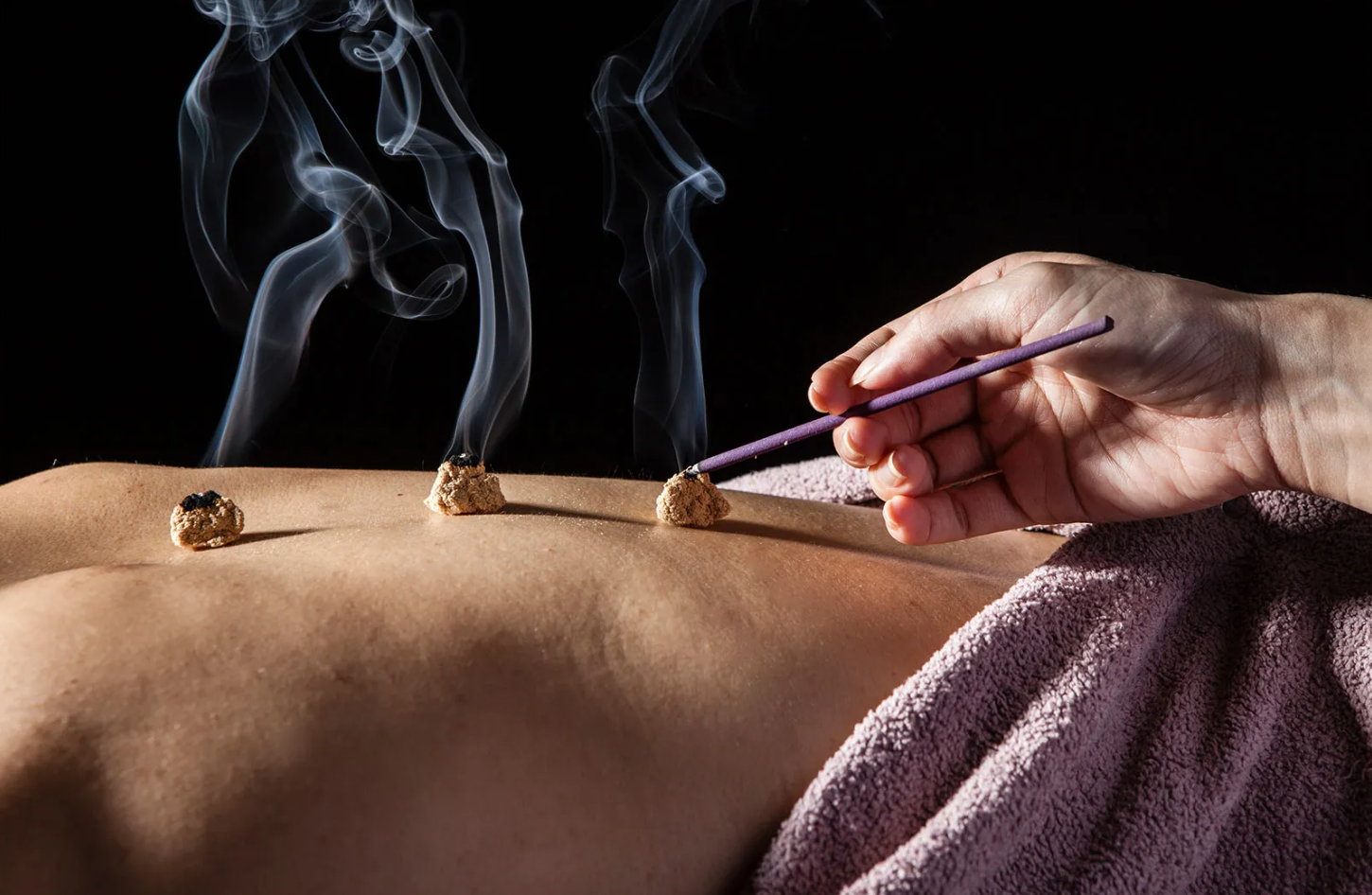
7. The pressure applied to the body
Japanese acupuncture will palpate or gently touch an area of the body and insert needles. Chinse acupuncture has specific points for certain presentations and patterns according to the Traditional Chinese Medicine (TCM) diagnosis.
A blind Japanese acupuncturist named Waichi Sugiyama introduced needle insertion with a guide tube in 17th century Japan which has now become common practice for modern acupuncturists.
Chinese acupuncture too has evolved from its shamanistic beginnings to modern practice incorporating techniques such as tui na (Chinese remedial massage), fire cupping, moxibustion (same as Japanese moxa – the technique of burning the herb mugwort on acupuncture points or the body), electroacupuncture, LASER, scalp acupuncture, auricular acupuncture and more.
A summary of the main differences between Chinese and Japanese acupuncture is below:
Chinese acupuncture
- The origin story of different styles of acupuncture is being practised today.
- Traditionally uses thicker needles.
- Deeper skin penetration.
- Stronger manipulation technique.
- Tongue and pulse diagnosis.
- Chinese herbal medicine is usually used in conjunction with acupuncture.
- Dietary and lifestyle (Chinese dietary therapy and exercise therapy such as Qi gong and tai chi) are encouraged during an acupuncture treatment to benefit and nourish the body and Qi.
Japanese acupuncture
- Did not have its own origin story but instead came from Chinese acupuncture.
- Typically uses thinner needles.
- Palpation before treatment (especially abdominal palpation) as diagnosis and point location.
- Superficial or shallow insertion.
- No further manipulation.
- Moxa is used extensively.
Although there are a few differences between Chinese and Japanese acupuncture, one is not better than the other. You will need to do your research to find out which style will suit you best. You can learn more about our acupuncture services and practitioners here. We also offer IVF and fertility acupuncture services here.
Whichever type of acupuncture you choose, know you will be treated with great care and in harmony with yourself, your spirit and the world at large (either earthly or the ethereal).
How we practice acupuncture at the Shift Clinic
The way our practitioners practice acupuncture is to combine both the Chinese and Japanese techniques intuitively. We tend to use thinner needles for greater patient comfort combined with deeper insertion if the case presents. We also use moxa in every treatment. We explore the palpation of points, channels and abdomen together and ask you questions about your health. We look at your pulse and tongue for a more comprehensive picture of you as a person. All of this is offered in a warm, safe, calming and relaxing environment to promote healing and balance.
To book an acupuncture treatment with us please call our team on 07 3367 0337, email hello@theshiftclinic.com or head here to book your appointment online.
References
Image 1, from Wikipedia
Image 2, from CLI
Image 3, from acupuncturemoxibustion.com
Image 4, from Britannica
Kobayashi, A., Uefuji, M., & Yasumo, W. (2008). History and progress of Japanese Acupuncture, Advance Access Publication, 7(3), 359-365. DOI:10.1093/ecam/nem155
Neal, E. (2012). Introduction to Neijing classical acupuncture part I: history and basic principles. Journal of Chinese Medicine, 100.
Chant, B., Madison, J., Coop, P., & Dieberg, G. (2017). Beliefs and values in Japanese acupuncture: an ethnography of Japanese trained acupuncture practitioners in Japan. Integrative Medicine Research, 6, 260-268. DOI:10.1016/j.imr.2017.07.001
Birch, S. Digging at the heart of things – an essay on patterns of diagnosis in traditional East Asian medicine: comparing Chinese and Japanese systems. Integrative Medicine Research, 10.
Acupuncture & Integrative Medicine College, Berkeley. (2018). A brief history of Japanese acupuncture and how it’s different from Chinese acupuncture. https://www.aimc.edu/2018/01/16/a-brief-history-of-japanese-acupuncture-how-its-different-from-chinese-acupuncture/
Veith, I. (1973). Acupuncture in traditional Chinese medicine – an historical review. California Medicine, 118(2).

